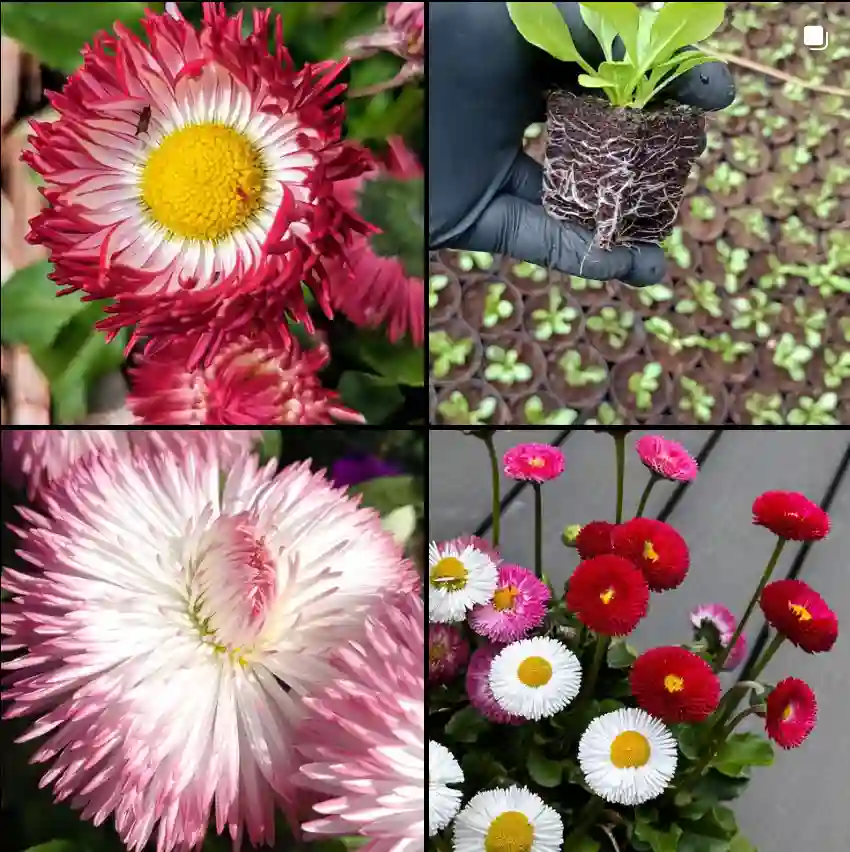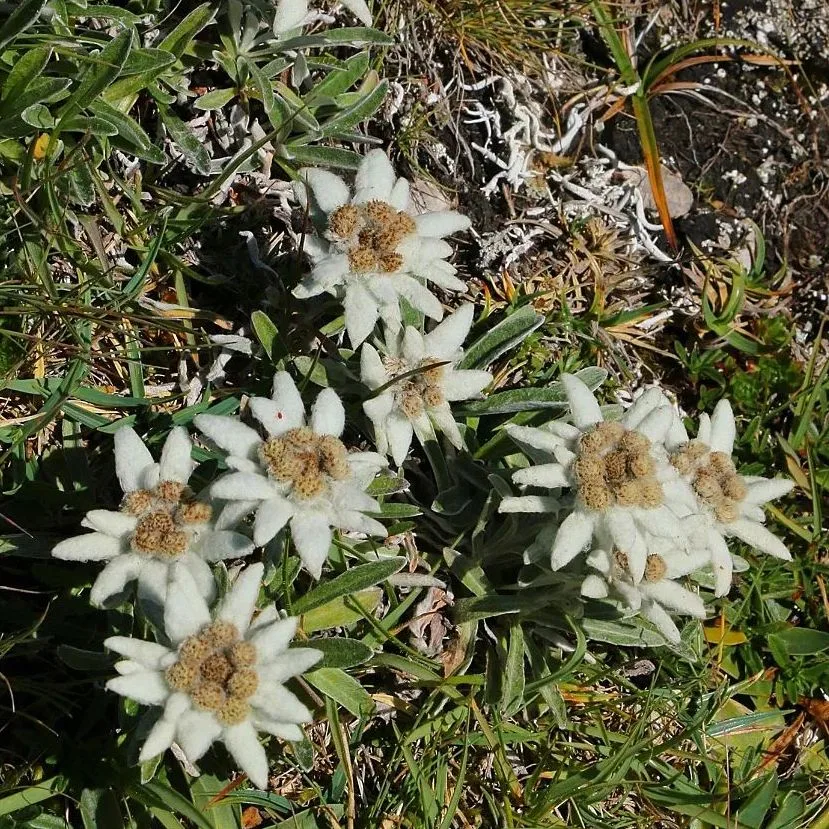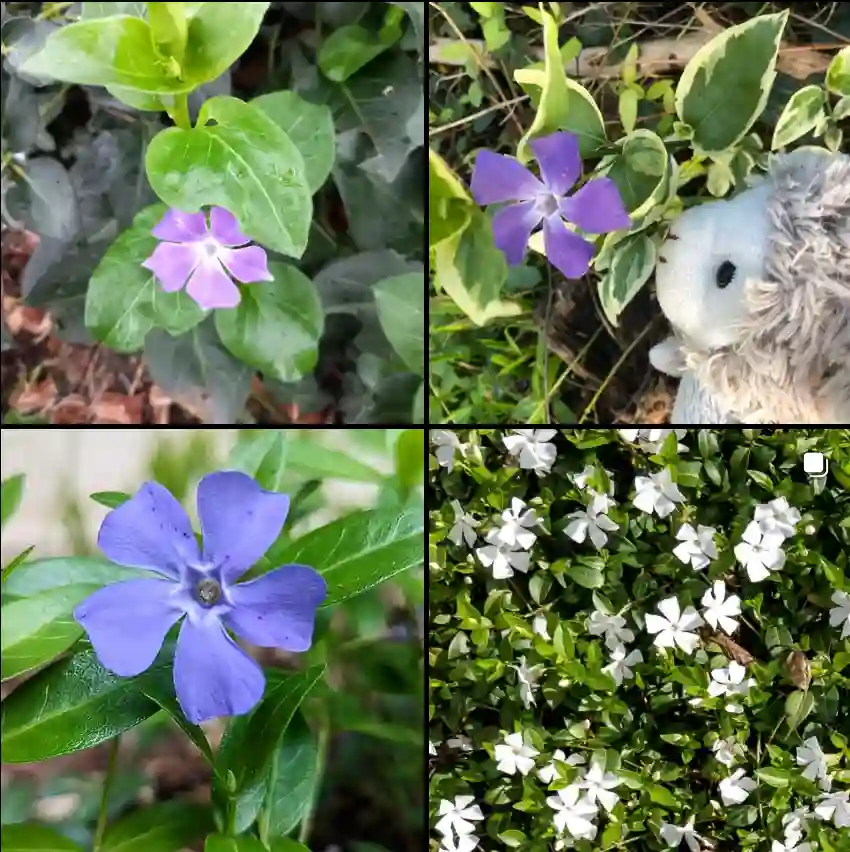FAQs About Baptisia Bracteata
Baptisia Bracteata, commonly known as Bracted Wild Indigo, is a perennial plant that has become a staple in my garden. Its striking foliage and beautiful blooms make it a favorite among gardeners. Here, I’ll share some frequently asked questions about Baptisia Bracteata based on my personal experiences and insights.
25 Species in Genus Baptisia
What Is Baptisia Bracteata?
Baptisia Bracteata is a member of the legume family and is native to North America. This perennial can reach heights of up to 3 feet and spreads about 2 feet wide. It features attractive gray-green leaves and produces tall spikes of yellow flowers that bloom in late spring to early summer. The flowers not only add color to the garden but also attract pollinators like bees and butterflies, enhancing the biodiversity of my outdoor space.
How to Care for Baptisia Bracteata?
Caring for Baptisia Bracteata is relatively straightforward, which is one reason I love this plant. Here are some tips:
- Light Requirements: Baptisia Bracteata thrives in full sun to partial shade. In my experience, a spot that gets at least six hours of sunlight a day encourages the best growth and flowering.
- Soil Conditions: This plant prefers well-drained soil that is rich in organic matter. I’ve found that mixing in compost when planting can give it a good start.
- Watering: While Baptisia is drought-tolerant once established, it appreciates regular watering in its first year. I keep the soil consistently moist but not soggy during this period.
- Fertilizing: I usually don’t fertilize Baptisia Bracteata, as it naturally thrives in low-nutrient soils. However, if growth seems slow, a balanced fertilizer in early spring can be beneficial.
- Pruning: After the flowering season, I cut back the spent blooms and any dead or damaged foliage. This helps promote new growth and keeps the plant looking tidy.
How to Propagate Baptisia Bracteata?
If you’re looking to propagate Baptisia Bracteata, you can do so through seeds or division:
- Seeds: I usually sow seeds in the fall, allowing them to go through a natural cold stratification. This process mimics winter conditions, helping with germination in spring.
- Division: The best time to divide Baptisia Bracteata is in early spring before new growth begins. I dig up the plant, carefully separate the roots, and replant them in well-prepared soil.
What to Plant With Baptisia Bracteata?
Pairing Baptisia Bracteata with complementary plants enhances the overall aesthetic of my garden. Here are some great companions:
- Echinacea (Coneflower): Their vibrant blooms contrast beautifully with Baptisia’s yellow flowers.
- Rudbeckia (Black-eyed Susan): This combination attracts pollinators while providing a colorful display throughout the summer.
- Grasses: Planting Baptisia alongside ornamental grasses adds texture and movement to the garden, which I find visually appealing.
Is Baptisia Bracteata Toxic?
One concern many gardeners have is toxicity. The good news is that Baptisia Bracteata is considered non-toxic to pets and humans. I often plant it in areas frequented by my dog, knowing that it poses no health risks.
Benefits of Baptisia Bracteata
Baptisia Bracteata offers several benefits that I’ve come to appreciate:
- Low Maintenance: Once established, it requires minimal care, making it perfect for busy gardeners like me.
- Drought Tolerance: Its ability to withstand dry conditions makes it ideal for my garden, especially during hot summer months.
- Attracts Pollinators: The flowers draw in bees and butterflies, contributing to a thriving ecosystem.
Common Problems
While Baptisia Bracteata is generally resilient, I’ve faced a few issues:
- Root Rot: This can occur if the soil is too wet, especially during the early stages. Ensuring good drainage is key.
- Fungal Diseases: Occasionally, I’ve noticed leaf spots. Treating these early with appropriate fungicides can help manage the problem.
Comparing Baptisia Bracteata with Similar Plants
Many gardeners often confuse Baptisia Bracteata with Baptisia Australis, also known as Blue Wild Indigo. While both are similar in appearance and care, I’ve found that Baptisia Australis typically grows taller and has blue flowers, while Baptisia Bracteata features yellow blooms. Understanding these differences can help in selecting the right plant for your garden.
Final Thoughts
Baptisia Bracteata has become a treasured part of my garden, not just for its beauty but also for its ease of care and ecological benefits. Whether you’re a seasoned gardener or just starting out, this perennial can bring joy and vibrancy to your outdoor space. If you have any more questions or personal experiences to share, feel free to reach out!
If i die, water my plants!



